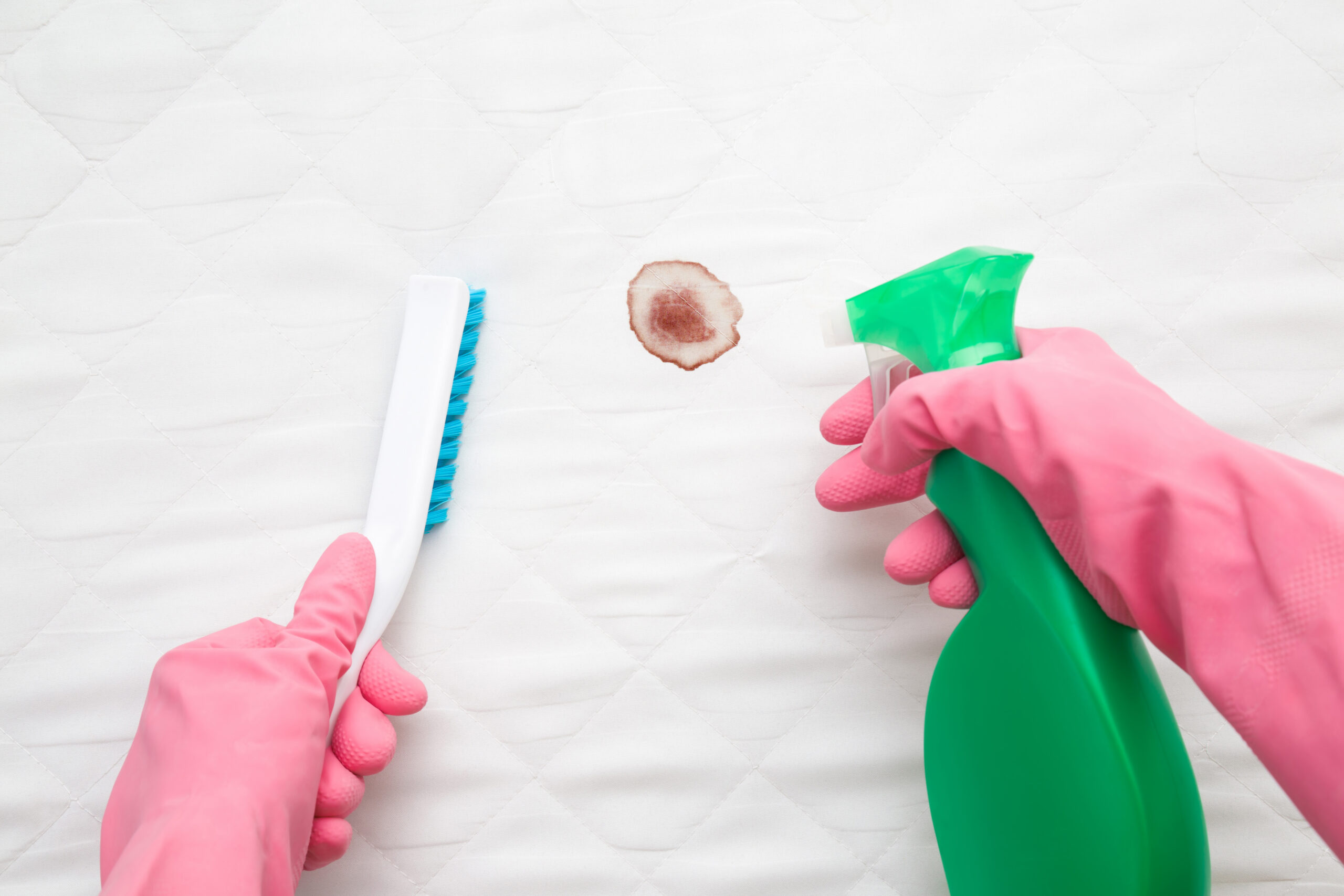What Happens to Human Blood As It Dries?

As human blood dries on surfaces—fabric, wood, metal, or any other material—it turns brown and flakey. On some materials, blood can be extremely difficult to remove completely. Oftentimes, remnants of bloodstains remain invisible to the human eye without UV light.
Why does this occur? We’ll examine what actually happens to human blood as it dries beyond the obvious visual markers.
All About Drying Blood
When human blood exits the body and comes into contact with air, it begins to dry through coagulation. This is the body’s way to prevent excessive blood loss by forming clots. During coagulation, the proteins in the blood plasma, primarily fibrinogen, become fibrin strands. These strands weave together, forming a mesh that traps blood cells and creates a clot.
As the moisture in the blood evaporates, the clot hardens, and the color changes from bright red to dark brown, caused by the oxidation of iron in the hemoglobin. Much like iron rusts over time and changes color due to oxidation, so does the iron in our blood. It’s no coincidence that they’re similar in color!
Why Is Blood So Difficult To Remove From Certain Materials?
Blood’s resistance to removal from certain materials is largely due to its composition and the fibrin strands. This translates into a stubborn bond with porous materials; the mesh can intertwine with the fabric or settle deep into the grooves of a surface.
Additionally, the iron from the hemoglobin that oxidizes contributes to the stain’s color and persistence. The oxidation process creates a bond with the material that is not easily broken by regular cleaning methods.
Effective removal, especially from absorbent or uneven surfaces, often requires specialized cleaning solutions and techniques. These solutions break down the proteins and dissolve the iron bonds, lifting the blood from the material.
Why Are Some Bloodstains Invisible to the Naked Eye?
Despite the common belief that it’s easy to spot bloodstains, this isn’t always true. While initial cleaning may remove the visible signs of blood, microscopic remnants often remain embedded in materials. These remnants can appear under ultraviolet light due to the fluorescence of amino acid residue blood leaves.
Additionally, the surface material plays a significant role in the visibility of stains. Because blood can seep into porous materials, such as wood or certain fabrics, it’s often difficult to detect without magnification or UV lighting.
Now that you know what happens to human blood as it dries, you have a better understanding of why hiring professional cleaning services matters. Household cleaning products won’t always cut it; your clothes, furniture, walls, and flooring can remain stained long after you’ve wiped the blood away.
Affinity Bio Solutions offers bodily fluid cleanup in Arizona; we understand that copious amounts of blood might be left behind after a crime scene or accident. Trust us to use the most current removal techniques and treat your property with the compassion it deserves while we restore it.
